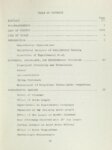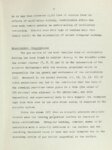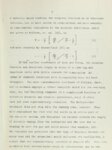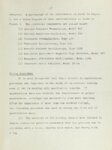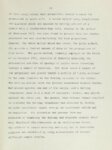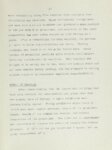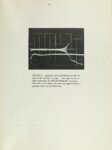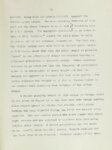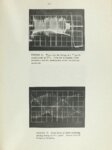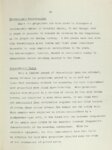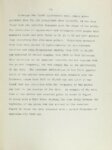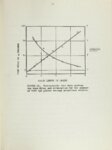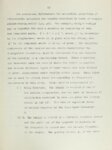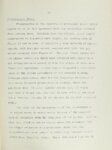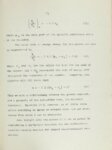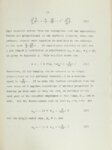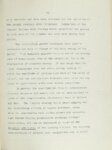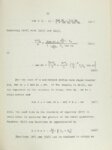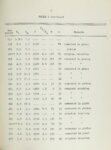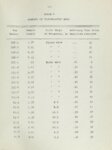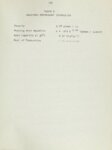| Description |
An essential feature of the acoustical theory of oscillatory burning of solid rocket propellants is the important role it ascribes to the solid phase. Experimental, largely qualitative confirmation of solid participation was provided by Horton (45) who used a side-vented end-burner with end-burning grains. This study has employed the same experimental scheme refined with means to maintain the gas-phase portion of the acoustical system constant during burning. This provision has enabled data to be obtained that establish quantitatively those aspects of the theory that concern solid-phase partlcipat1ono In order to quantitatively characterize the capacity of the burning propellant to amplify oscillations in the acoustic modes of the chamber, measurements were made of the exponential growth constant of the amplitude of the pressure oscillations For a typical composite propellant, the dependency of this parameter on frequency, grain length, grain temperature, and chamber pressure has been determined. Analysis of solid-phase participation was also facilitated by measurements of the phase angle and amplitude ratio between oscillations in the gas-phase and in the solid-phase. From the correlations obtained, the visco-elastic behavior of the propellant has been inferred, especially its capacity to absorb acoustical energy and thus stabilize combustion. Also the results permit estimating the acoustic admittance of the I combustion zone, a critical parameter in the theoretical description of oscillatory burning. |






